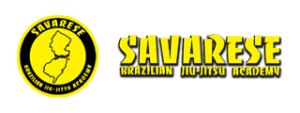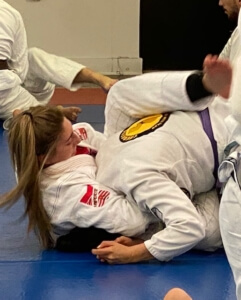How to still improve while injured in BJJ
How to still improve while injured in BJJ
How to still improve while injured in BJJ? To train or not to train, that is the question. BJJ is not easy on the body sometimes, especially if you are an older practitioner. The trouble with having a BJJ injury is not that you’re hurt. It is that you can’t train. Or can you? If something is minor, and you are the type of person who falls out of their schedule easily, has the tendency to quit at first sign of adversity, change that! Get a brace, tape it up. If if becomes too much, seeing your doctor is the next step. Next is actually following their advice. So, if the advice is to rest for a couple of weeks, listen. What you mustn’t do is skip it all together and jump straight back in. Take it slow, some flow rolls, grab a partner you trust. Just give your body enough time to heal. I always tell my students “don’t turn a 3 week injury into a 3 month one”. Aggravating an injury is very easy to do if you train without letting it heal up enough. In addition, even if you do not make an existing injury worse, you’ll can cause a new injury. When you’re favoring a certain part of your body, the body tends to compensate. That is why “rest is sometimes best”.
That said, let’s see how you should train after a BJJ injury, or with a minor one.

